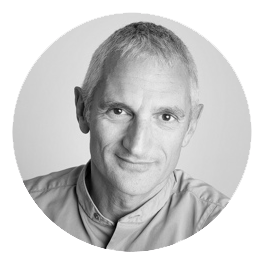You might be wondering how ‘snorkels’ and ‘Osteopaths’ would ever appear in the same sentence. But having worked as an Osteopath for more than 25 years, Robin Kiashek is no stranger to looking at the bigger picture. Especially when it comes to the topic of health.
At Robin’s London clinics, one appointment could be spent tending to a patient’s chronic back pain. While the next could see him help long Covid patients using the Perrin Technique™.
“When you’re an osteopath, every day is different,” Robin says.
One case which shows the breadth and depth of an Osteopath’s skills was the case of Patient X – who reported a 40% improvement just one week after visiting Robin.
The problem
Patient X was referred to Robin by a neurologist. They presented with intermittent nausea and feelings of constant imbalance. The patient also experienced daily headaches.
The medical history
Along with chronic lower back pain, Patient X has a history of tinnitus – a horrible ringing sensation in one both ears.
There was a history of imbalance which would last several minutes when open water swimming. So much so, Patient X would have to lift their head out of the water frequently to see where they were going.
“It would take a day for the patient to recover from the general sense of unwellness and dizziness,” Robin recalls.
The diagnosis?
Robin says: “I believe that Patient X’s imbalance resulted from sub-occipital vertebral artery compression. Which can be exacerbated by cervical extension – as noted with open water swimming.
“The irritation of these nerves during cervical extension, can cause the diaphragm to contract,” Robin explains. “As the stomach sits superior to the diaphragm, any contraction of the diaphragm will cause undue pressure on the stomach, resulting in a sense of nausea.”
The treatment?
Robin focused on releasing Patient X’s mid thoracic misalignment, where cervical active movements emanate from, using gentle osteopathic technique.
He avoided direct treatment to the patient’s neck. Instead, he used medical acupuncture to the trapezii region and to the right pelvic imbalance.
Robin also suggested that Patient X uses a snorkel and mask when swimming, to avoid cervical extension, and invest in a new pillow.
The progress speaks for itself
Just one week later, Patient X reported a general 40% subjective improvement.
“Patient X’s imbalance was no longer constant,” Robin says. “The patient also only experienced one headache. After buying a snorkel, mask and a new pillow – Patient X was left feeling a good deal better.”
If you are suffering with any kind of health problem, whether it’s headaches, stomach pains, or mobility issues, don’t hesitate to call Robin or book in for an initial consultation.

